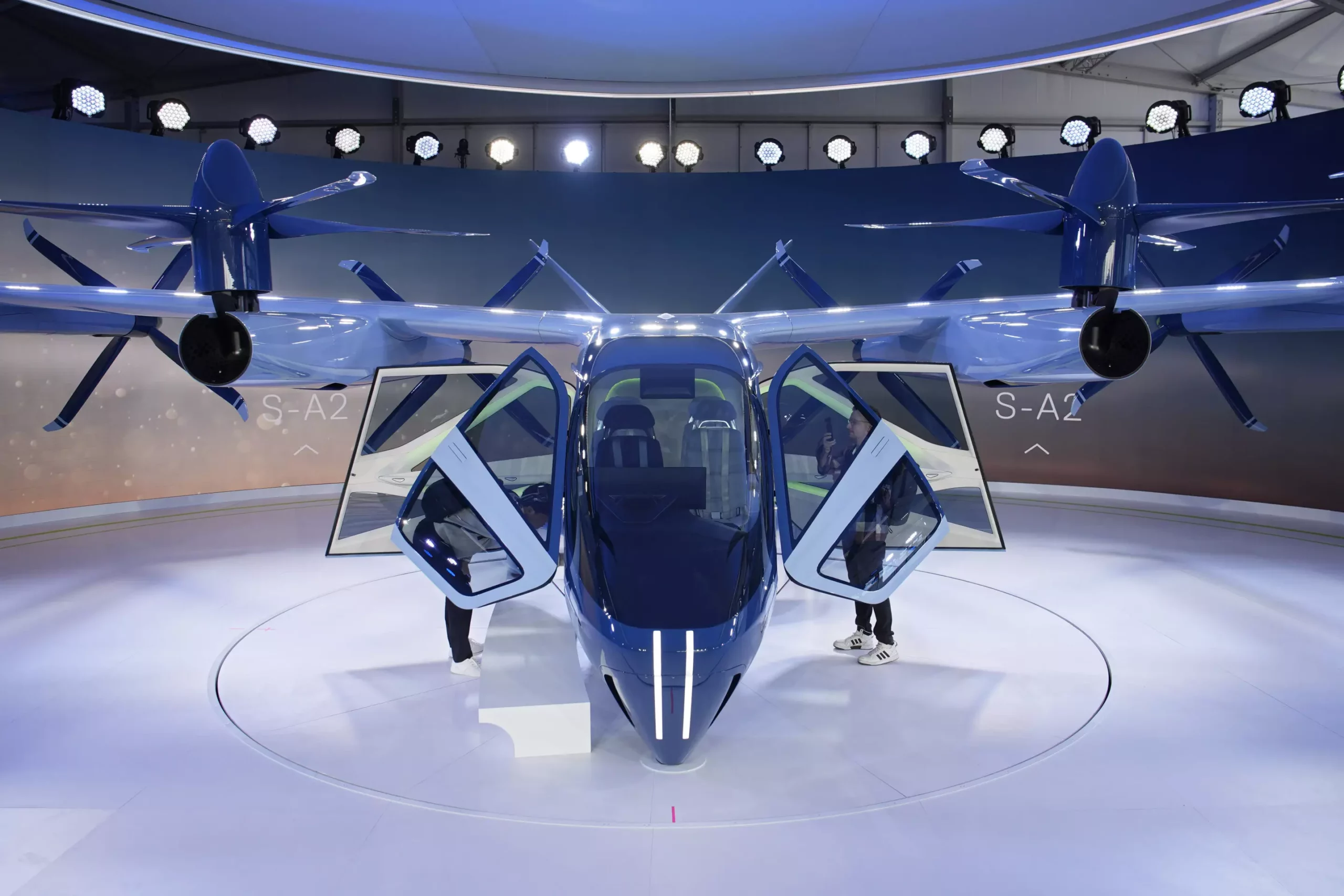The CES tech show in Las Vegas this year showcased a wide range of innovations, with some of the most exciting developments being in the field of assistive technologies. GyroGear, a medical tech startup based in Boston, unveiled a hand-stabilizing glove aimed at helping Parkinson’s patients and those with hand tremors regain control of their lives. This innovative device has the potential to make a significant impact on the lives of individuals living with these conditions.
Another notable development at CES was the introduction of audio-to-audio-based AI by Dutch startup Whispp. This technology aims to give people with vocal impairments the opportunity to have real-time conversations in their own natural voices. This breakthrough has the potential to revolutionize communication for individuals who struggle with speaking.
Additionally, OrCam showcased a range of devices designed to assist those with hearing loss in dealing with auditory overload. These devices have the potential to improve the daily lives of individuals with hearing impairments by making it easier for them to navigate and communicate in their environments.
One of the central themes at CES 2024 was the integration of software and artificial intelligence in smart devices. Companies such as Samsung and Google showcased their advancements in this area. Samsung demonstrated its new “AI for all” mantra by integrating its smart home devices and appliances to perform tasks in unison. This seamless integration allows for the automation of various daily activities, such as pre-heating the oven based on recipe selection.
Google, on the other hand, expanded its Chromecast technology to more apps and devices, further enhancing the interconnectivity of smart devices. This development is a step towards creating a more streamlined and interconnected smart home ecosystem.
CES 2024 was also filled with advancements in vehicle technology, particularly in the electric vehicle (EV) space. Honda showcased two concept cars for its new global EV series, highlighting the company’s commitment to sustainable mobility. These concept cars, named the “Saloon” and “Space-Hub,” represent Honda’s dedication to creating innovative and environmentally friendly transportation solutions.
Kia took a modular approach with its trio of electric vans that can quickly swap body modules, offering flexibility and versatility in functionality. This development has the potential to revolutionize the way electric vehicles are designed and utilized.
In addition to EVs, hydrogen-powered vehicles also made a significant impact at CES. Bosch Mobility and Hyundai both showcased their commitment to hydrogen as a clean energy solution. Hyundai also unveiled an AI-based autonomous construction excavator, showcasing the potential for AI to transform the construction industry.
The CES tech show not only focused on solving big real-world problems but also aimed to make everyday life more convenient and enjoyable. This was evident in the array of high-tech kitchen gadgets and appliances on display.
GE showcased a smokeless indoor grill, allowing individuals to enjoy the taste of barbecue indoors without the hassle of smoke. This innovation opens up new possibilities for indoor cooking and makes it more accessible to individuals who may not have outdoor spaces for grilling.
Another notable innovation was the Brisk smart grill, powered by generative AI. This grill aims to make the art of barbecuing foolproof by providing precise cooking instructions and temperature control. With this technology, even novice grillers can achieve professional-level cooking results.
For those with a sweet tooth, ColdSnap’s ice cream machine stole the show. This revolutionary machine prepares frozen treats in just two minutes, eliminating the need for hours of freezing. This innovation allows individuals to satisfy their cravings for ice cream instantly.
The CES tech show always presents cutting-edge advancements in television technology, and this year was no exception. LG and Samsung both unveiled transparent TVs that push the boundaries of traditional displays.
LG introduced a 77-inch transparent OLED screen that can switch between transparent mode and a more traditional black background for regular TV viewing. This innovation allows the TV to seamlessly blend into the surroundings when not in use, offering a unique and aesthetic viewing experience.
Samsung showcased a transparent MICRO LED-powered display that worked in a similar way to LG’s offering. This concept display can also be used as a digital canvas for showcasing artworks or displaying information, further enhancing its versatility.
The CES tech show in 2024 was an exciting platform for showcasing the latest innovations across various industries. From assistive technologies to smart devices and high-tech kitchen gadgets, the show demonstrated the incredible progress being made in these fields. Additionally, advancements in vehicle technology and futuristic TVs provided a glimpse into the future of mobility and entertainment. With each passing year, CES continues to push the boundaries of technological innovation, leaving attendees impressed and excited for what lies ahead.


Leave a Reply